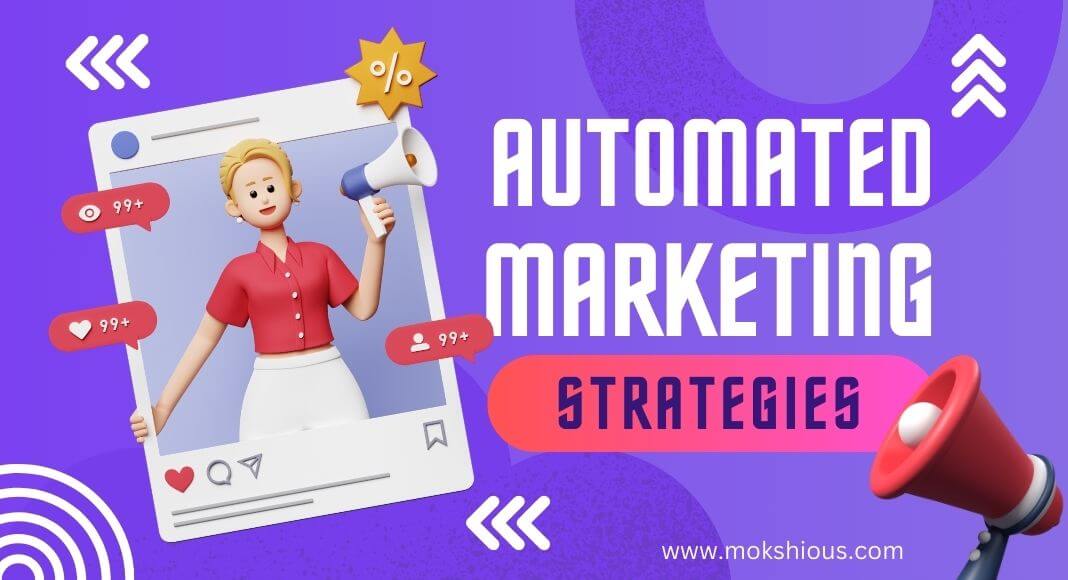Introduction
In the ever-evolving landscape of marketing, traditional tactics like using a customer’s first name in emails have become the norm rather than a novelty. This approach, while once innovative, no longer surprises or significantly engages customers. The modern customer craves a deeper connection and more meaningful interactions. This shift has led to personalization becoming a critical strategy for businesses aiming to optimize their customer engagement and marketing performance.
Personalization in marketing automation is undergoing significant transformation. Marketers are now leveraging advanced strategies that create deeper connections with customers, going beyond superficial tactics to foster genuinely engaging customer interactions. These advanced strategies in marketing personalization offer businesses an edge in a competitive market, translating into increased customer engagement, loyalty, and conversions. To put it into perspective, 80% of consumers are more likely to make a purchase from brands that offer personalized experiences.
The Importance of Personalization in Marketing Automation
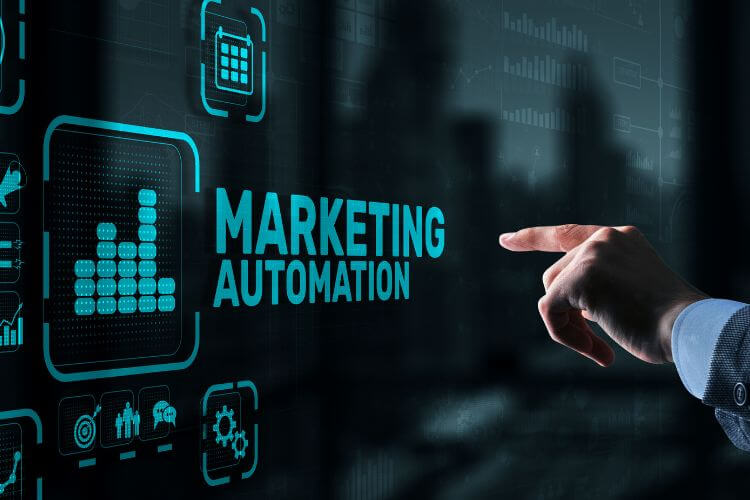
Why Personalization Matters
Personalization in marketing automation is the art and science of tailoring marketing messages to meet the individual needs and preferences of customers through automated processes. This personalization is crucial as it assists in automating the delivery of content that resonates on a personal level with customers. Personalized marketing automation involves sending messages that are not only relevant but also engaging to the customer.
Statistics consistently show the power of personalization in driving customer engagement and conversion rates. According to ElevationB2B, personalized emails deliver transaction rates that are six times higher than generic messages. Such data underscores the importance of incorporating marketing personalization strategies to enhance customer engagement and drive more conversions.
The modern customer journey involves multiple digital touchpoints, and rising customer expectations demand that brands deliver tailored experiences at every step. Personalized interactions have become a requisite part of the overall customer experience, bridging gaps and enhancing engagement.
Building brand loyalty is another pivotal aspect of personalization. When customers receive content that is tailored to their preferences, it builds trust and strengthens relationships over time, fostering increased brand loyalty.
The Shift from Generic to Dynamic Content
Personalization has evolved dramatically, moving from generic mass marketing strategies to more targeted, dynamic approaches. This evolution signifies a shift in how brands interact with their audiences, allowing for more meaningful connections.
Basic personalization tactics, such as using first names, have proven insufficient to captivate the modern customer. In an era where digital noise is overwhelming, such efforts fall short. The solution lies in dynamic content within marketing automation. Dynamic content changes based on individual user data and signals, offering a more tailored and impactful experience at scale.
Data Segmentation for Personalized Campaigns
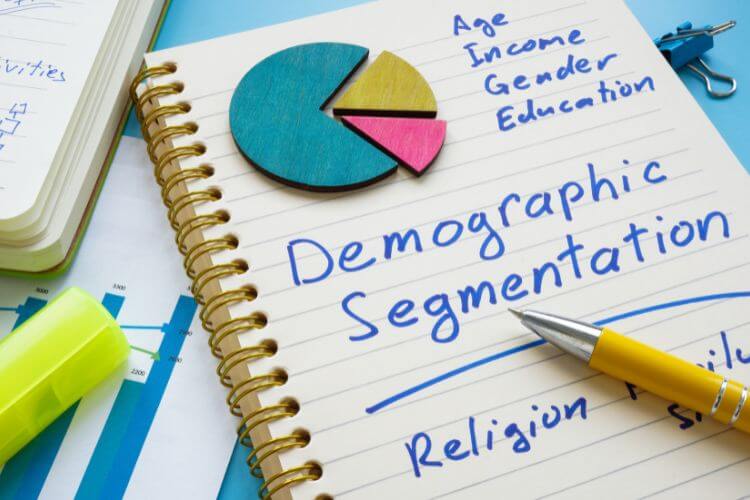
Understanding Data Segmentation
Data segmentation for personalized campaigns is the process of dividing a large customer base into smaller, more manageable groups based on shared traits and behaviors. This segmentation is vital for personalization as it allows marketers to tailor campaigns to specific audiences, increasing relevancy and engagement.
Types of data crucial for effective segmentation include:
- Demographic Data: Involving age, gender, income levels, and education.
- Behavioral Data: Encompassing purchase history, website interactions, and email engagement.
- Psychographic Data: Including lifestyles, interests, values, and opinions.
The benefits of segmentation in marketing personalization are manifold, resulting in targeted campaigns that achieve higher engagement, conversions, and optimized customer experiences.
Action Steps
- Collecting Customer Data Ethically:
- Conduct surveys and questionnaires
- Analyze website interactions
- Implement CRM systems, ensuring compliance with regulations like GDPR and CCPA to build customer trust.
- Segmenting Your Audience:
- Leverage marketing automation tools to analyze customer data
- Develop detailed buyer personas to guide marketing strategies.
- Examples of Successful Segmentation:
- A case study of an e-commerce company showcases increased sales by delivering personalized campaigns based on customer segmentation.
Dynamic Content in Marketing Automation
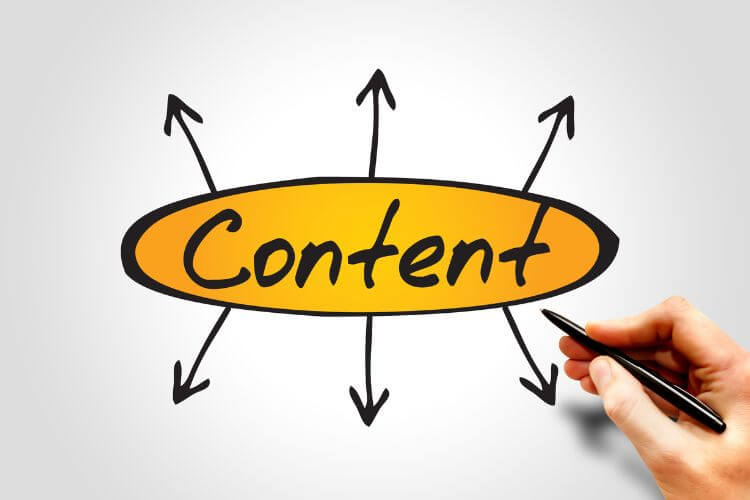
Implementing Dynamic Content
Dynamic content in marketing automation refers to the ability to change email or web content based on user data and behavior. This flexibility allows businesses to scale personalization efforts, delivering hyper-personalized experiences to customers.
The role of dynamic content is pivotal in enabling marketing automation to provide tailor-made solutions to customers, resulting in hyper-personalized experiences at scale.
Several tools support dynamic content including:
- Mailchimp
- HubSpot
- Marketo
Action Steps
- Creating Adaptable Content:
- Use content blocks that can be personalized based on customer data.
- A/B Testing Dynamic Elements:
- Continuously test to optimize dynamic content and ensure maximum engagement.
AI-Driven Personalization in Email Marketing
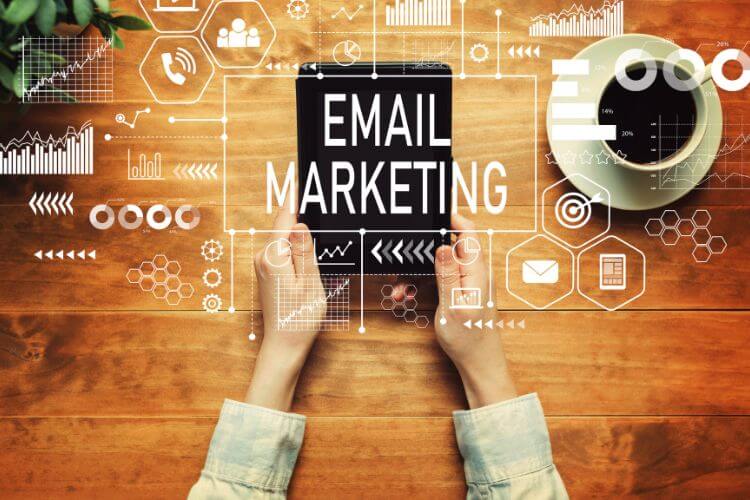
Harnessing AI for Personalization
Harnessing AI in email marketing enables brands to elevate their personalization strategies through data analysis and customer behavior prediction. AI-driven personalization in email marketing involves employing machine learning technologies to refine personalization tactics.
Machine learning plays a critical role in marketing automation by continuously evolving personalization strategies based on real-time analytics.
AI tools such as Persado and Phrasee exemplify how machine learning can refine marketing automation.
Action Steps
Integrating AI: Incorporate AI tools within existing marketing platforms for refined personalization.
- Using Predictive Analytics: Leverage AI to predict customer needs and tailor marketing messages accordingly.
Ethical Considerations: Address customer concerns by ensuring transparency and trust in AI-driven strategies.
Hyper-Personalized Marketing Automation Strategies
What is Hyper-Personalization?
Hyper-personalized marketing automation is about taking personalization a step further using AI and real-time data to craft highly individualized customer experiences. It contrasts with traditional personalization by its depth, delivering more effective and precise customer interactions.
Strategies to Achieve Hyper-Personalization
Utilizing Real-Time Data: Implementing live data to adapt website content dynamically
Behavioral Triggers: Automating responses based on specific customer actions to enhance engagement.
Cross-Channel Integration: Ensuring a seamless customer experience across emails, social media, and web platforms.
Examples
Abandoned Cart Emails: Deploying personalized emails with product images to recover sales.
Product Recommendations: Using purchase history for targeted upselling and cross-selling initiatives.
Action Steps
Implementing Real-Time Personalization: Integrate and utilize real-time data within your marketing automation strategy.
Setting Up Behavioral Triggers: Influence automated marketing by configuring responses based on customer behavior.
How to Improve Customer Engagement with Personalization
Understanding the Customer Journey
Mapping the customer journey identifies key touchpoints for personalization opportunities. Each phase, from awareness to loyalty, offers scope for tailored engagement enhancing the customer experience
Tips and Best Practices
Personalized Messaging: Use customer data to craft messages that resonate on an individual level.
Interactive Content: Deploy quizzes and surveys to boost engagement.
Timely Communications: Dispatch communications at optimal times, driving engagement.
Feedback Loops: Leverage customer feedback to refine personalization strategies.
Action Steps
Measuring Engagement: Regularly track metrics like CTR to assess marketing success.
Continuous Optimization: Analyze data to fine-tune marketing strategies, ensuring continued customer engagement.
Best Tools for Personalized Marketing Automation
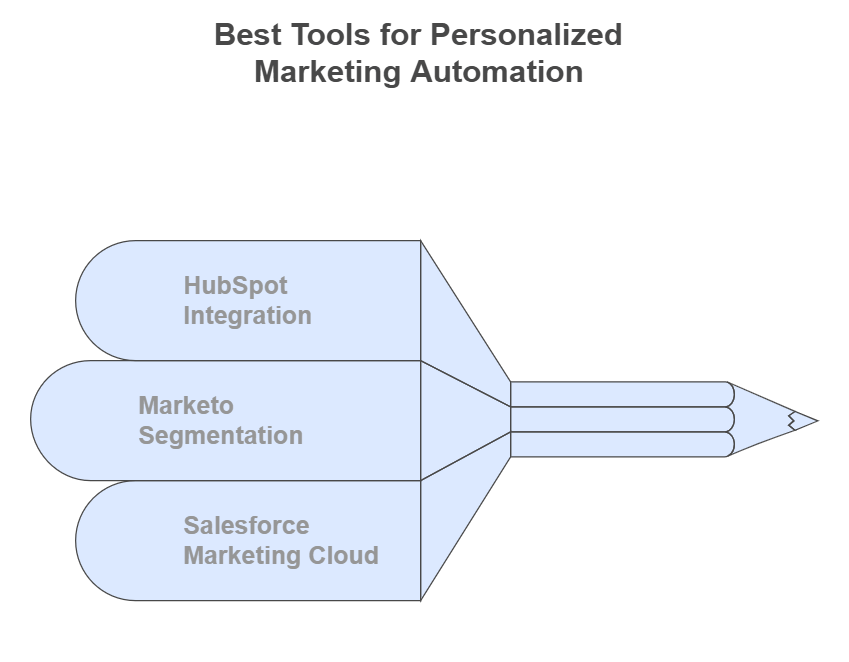
Top Tools and Platforms
HubSpot: Integrates CRM, email marketing, and analytics seamlessly.
Marketo:Offers advanced segmentation and AI capabilities.
Salesforce Marketing Cloud: Provides comprehensive CRM and cross-channel marketing solutions.
Action Steps
Choosing the Right Tool: Assess business needs, budget, and personalization requirements when selecting marketing automation tools.
- Implementation Tips: Focus on onboarding, team training, and setting clear goals for marketing automation personnel.
Balancing Automation and Human Touch
The Challenge of Over-Automation
Over-reliance on automation can create a disconnect, negatively impacting customer trust and brand loyalty. Impersonalized communications may undermine customer experience.
Strategies for Balance
Human Oversight: Include human intervention in strategy development for certain processes.
Personal Interactions: Facilitate direct human contact through methods like live chats for comprehensive customer engagement.
Transparency: Maintain openness about automation usage to build customer trust.
Action Steps
Review and Update Automation: Ensure alignment of automated messages with brand voice.
Solicit Customer Feedback: Engage customers to identify areas for improvement that require human touch.
Data Privacy and Personalization Ethics

Addressing Privacy Concerns
Understanding regulations like GDPR and CCPA is essential for ensuring data privacy compliance while strengthening customer relationships.
Ethical Personalization
For ethical personalization, obtaining explicit consent, practicing data minimization, and maintaining transparency in data usage is critical.
Action Steps
Regular Policy Reviews: Keep privacy policies abreast with best practices and regulations.
Customer Communication: Facilitate clear communication and opt-out options offering engagement transparency.
Enhancing Data Security: Implement measures to safeguard customer data, fostering trust and ethics in marketing automation.
Conclusion
Recap of Key Points
Advanced personalization strategies, including data segmentation, dynamic content utilization, AI-driven personalization, and hyper-personalization, are pivotal to marketing automation success. These approaches improve customer engagement, conversions, and the nurturing of stronger brand relationships.
